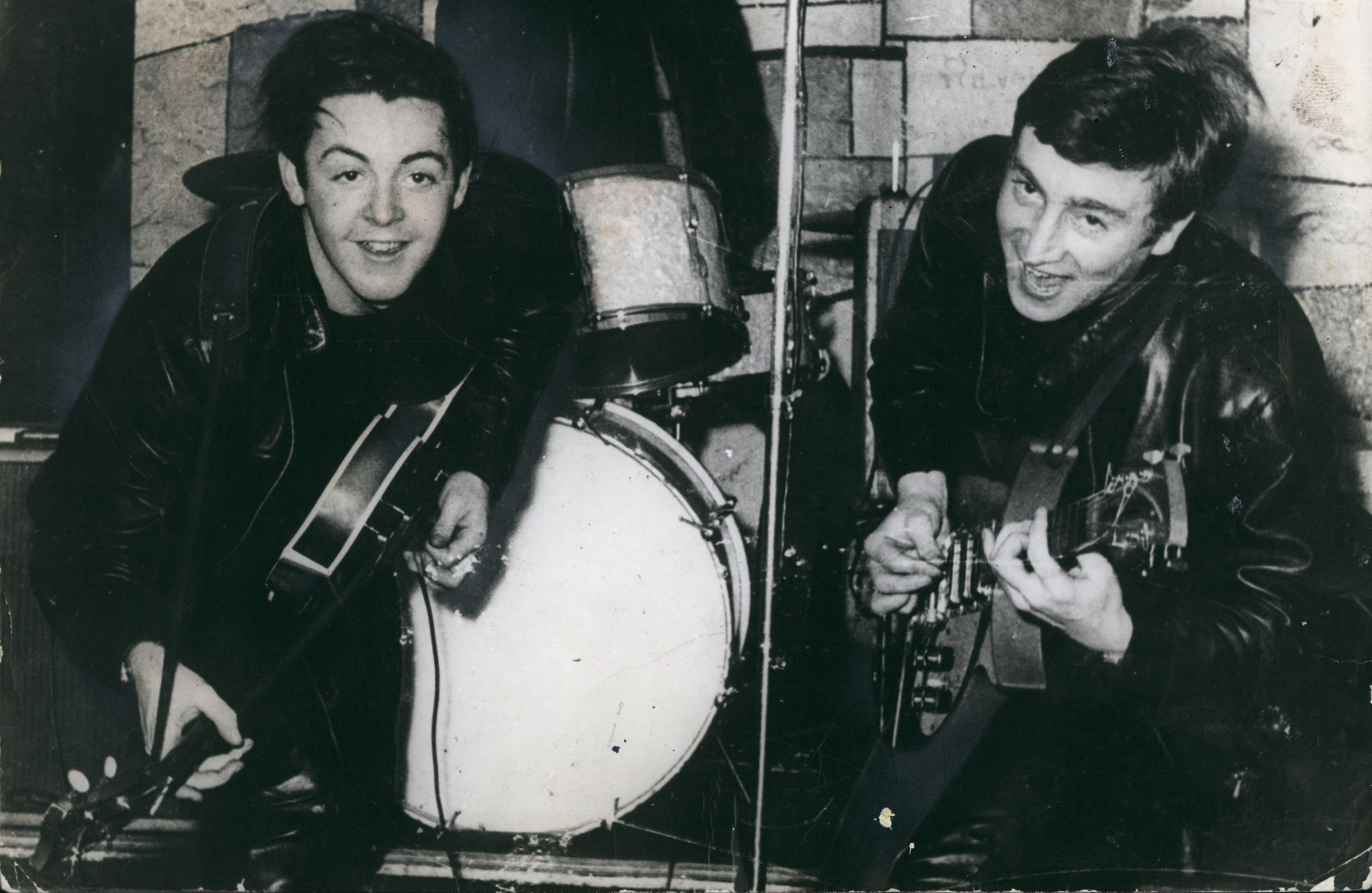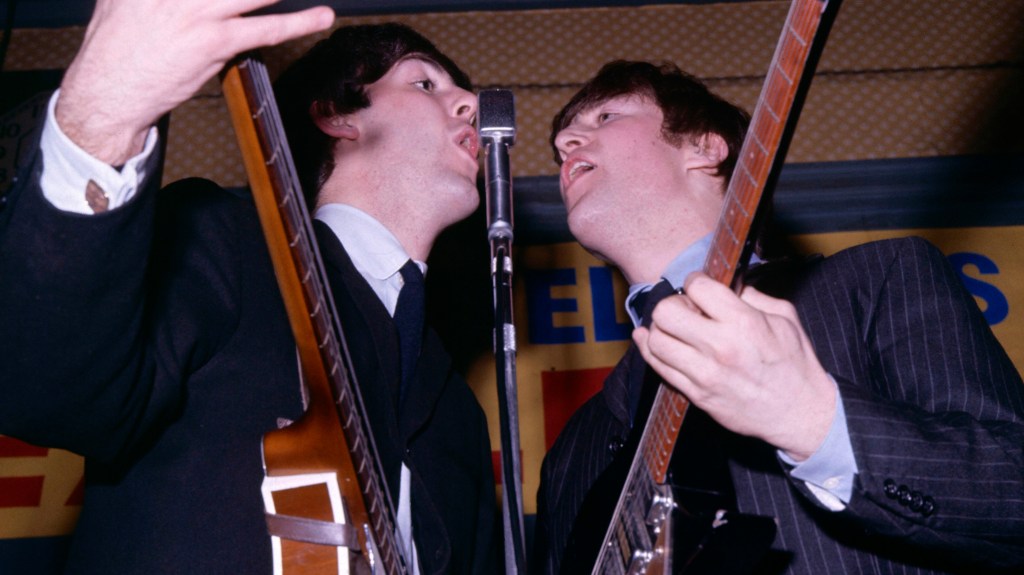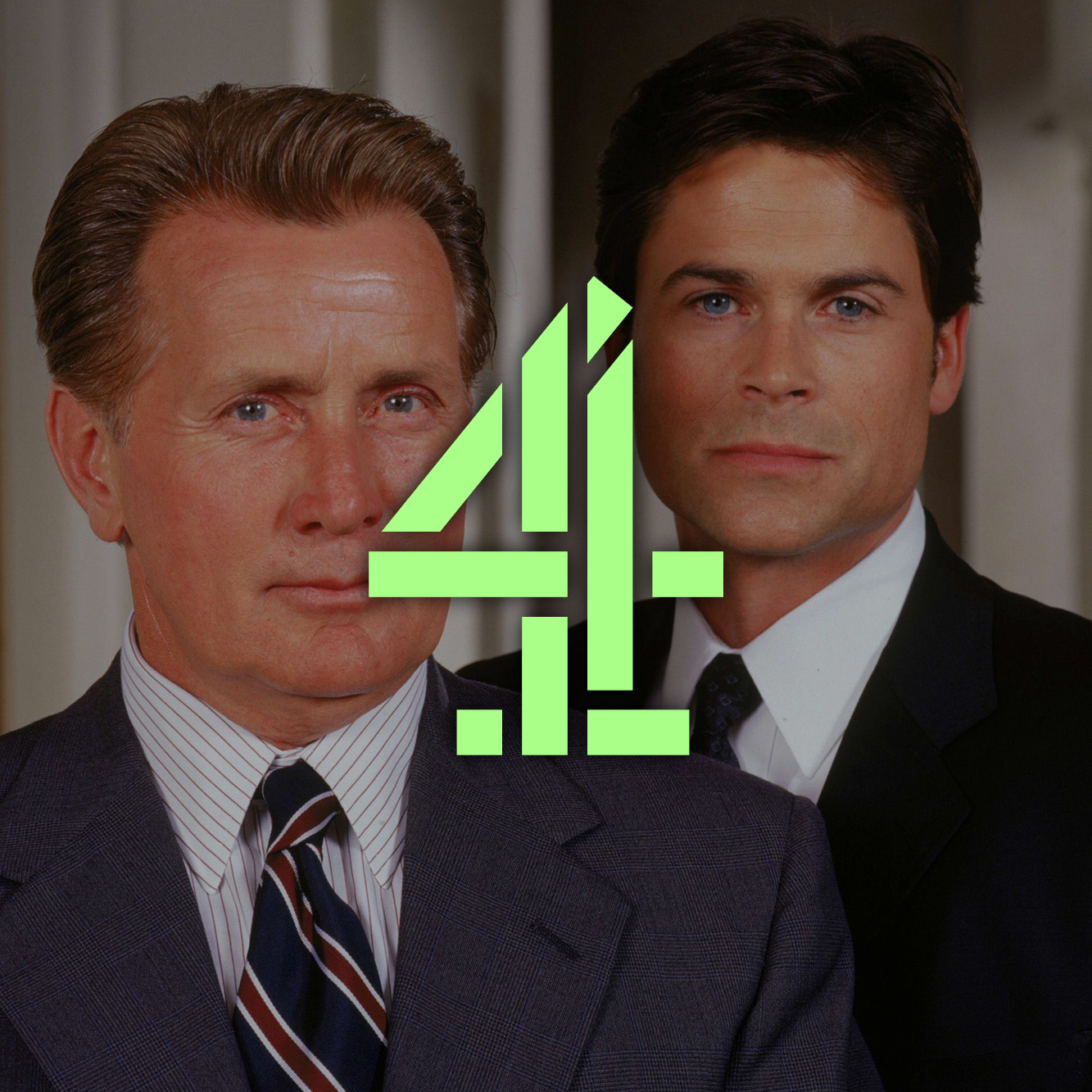The Enduring Bond of Lennon and McCartney
In 1991, a review in the now-closed Q magazine posed the question, “Does the world need yet another book on the Beatles?” Despite the passage of years and the multitude of publications dedicated to the legendary band, this query remains relevant. Ian Leslie, in his book John and Paul, acknowledges the extensive information already available while suggesting there’s still a need for new perspectives.
Leslie argues that the existing literature has potentially reached a saturation point regarding events but leaves much to explore concerning their significance. He contributes a fresh narrative to the ever-expanding body of Beatles literature.
The narrative begins in 1957, with a 16-year-old John Lennon inviting his younger friend Paul McCartney to join his skiffle band following a performance in a suburban festival. Their trajectory—from Hamburg through the Cavern Club, London, and America—culminating in global fame and embodying the social and cultural shifts of the 1960s, is a well-trodden path. Nonetheless, Leslie’s retelling brings a new sense of wonder and awe at the improbable nature of their success.
Leslie deftly analyzes some of the duo’s iconic songs, using approachable language to dissect their significance. He highlights the impact of doo-wop on their vocal harmonies, notes Lennon’s innovative use of iambic pentameter in tracks like “Tomorrow Never Knows,” and emphasizes the sentimental value of the piano in McCartney’s music: “For him, it’s the sound of family and friends, or a crowded pub.”
However, the book shines not just in its exploration of music, but in its examination of the intricate psychology and mythology surrounding the partnership. Central to the story is the profound connection between Lennon and McCartney—a bond characterized by a unique blend of friendship, brotherhood, and romantic undertones.
They were united not only by their passion for music but also by shared experiences of loss; McCartney’s mother passed away in 1956, followed by Lennon’s mother in a tragic car accident two years later. The two became “damaged romantics with jagged edges” who found joy in creativity amidst their pain. Early chapters of the book are infused with exuberance, capturing the excitement of two young men venturing on a holiday in Paris clad in jeans, leather jackets, and bowler hats.
The musical configuration they formed was unconventional. Typically, bands featured a frontman with backing musicians, but Leslie portrays Lennon and McCartney almost as a singular force. Early on, after being banished from Lennon’s Aunt Mimi’s house, they are depicted huddling close in the porch, their guitars in hand, as they explore vocal harmonies and songwriting—a recurring motif throughout the narrative.
On stage, they often stood facing each other across a microphone, McCartney’s left-handedness mirroring Lennon’s stance, creating a unique performance dynamic. McCartney reminisced in 1967 about their shared experience with LSD, describing it as “Incredible really, just looked into each other’s eyes, just staring.” This deep connection is exemplified once again in the creation of the song “Two of Us,” where Lennon remarked, “It’s like you and me are lovers.”
Witnesses noted the near-telepathic quality of their bond, with McCartney referencing an “heightened awareness” of each other’s thoughts as they pushed musical boundaries and achieved commercial success. Their friendship is depicted in an almost epic light.

The band’s eventual dissolution mirrored the cooling of their passionate partnership. With the cessation of touring and the physical distance that ensued, Lennon’s increasing dependence on LSD dulled his creativity while McCartney’s energy remained vibrant. They began to retreat into nostalgia, their late 1960s work reflecting a longing for the simplicity of early rock and their childhoods.
This nostalgia, however, proved insufficient. Lennon grappled with the haunting legacy of McCartney’s “Yesterday,” a solo track that showcased McCartney’s ability to thrive independently. Struggling with feelings of abandonment from his youth, Lennon sought to preemptively shield himself from potential rejection by forming a bond with conceptual artist Yoko Ono, which led him further down a path of passivity through heroin use.
In April 1970, McCartney publicly announced his departure from the band, confirming what had been an open secret for months. Lennon later reflected that perhaps it was a marriage that needed to end, largely attributed to his insecurities as the power dynamic shifted towards the younger McCartney—a storyline as timeless as that of Cain and Abel.
Post-breakup, much of the book’s energy dwindles, mirroring the decline of their musical partnership. Yet the powerful account of Lennon’s tragic murder in 1980 at the age of 40—focusing on McCartney’s sorrow—resonates deeply, as readers have developed a profound investment in their relationship.
This remarkable book illuminates new facets of the Beatles’ narrative. Leslie structures the 43 chapters around specific songs, reminiscent of a blog or podcast format, successfully capturing the frenetic pace of the band’s rise while marveling at their artistic innovation. The prose includes beautiful writing, exemplified by an ending line in “Penny Lane” which comments on “a little moan of feedback,” alongside occasional moments of overwriting, such as the description of early manager Brian Epstein’s initial encounter at the Cavern.
The aforementioned review in Q magazine ultimately concluded that another Beatles book was unnecessary yet undeniably fascinating. Ian Leslie’s latest work proves this fascination true.
John and Paul: A Love Story in Songs by Ian Leslie provides a compelling exploration of the iconic duo (Faber, £25, 432 pages).




Post Comment